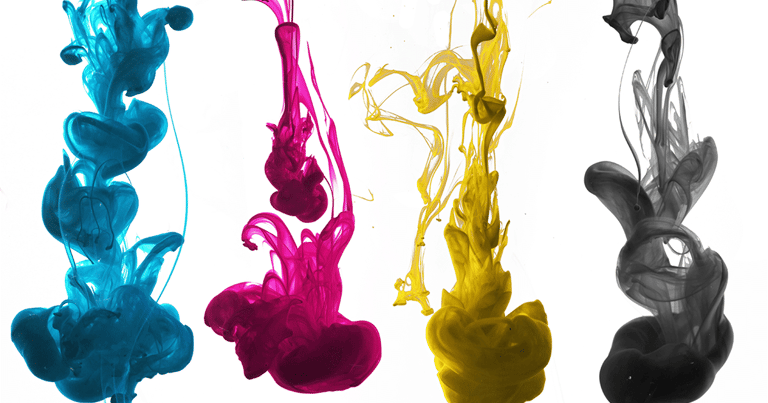Titanium dioxide is the ideal ink industry material
ink industry material
mlntrading.com
5/8/20242 min read


In the ink production process, different types of ink products are manufactured to meet specific quality requirements for titanium dioxide. Rutile titanium dioxide is used more frequently than anatase titanium dioxide due to its superior covering power. This is why rutile titanium dioxide is generally used in ink production.
1. Good whiteness: Titanium dioxide ink with good whiteness is durable and non-yellowing, which allows it to maintain bright and vivid colors in a variety of printing environments.
2. Good achromatic power and covering power: The gravure composite film ink printing process requires the use of a white ink primer to achieve a colorful and beautiful print. This process necessitates the use of titanium dioxide with high coloring and covering power, as the ink's performance will be significantly compromised if these properties are lacking.
4. Appropriate and uniform particle size: The size of titanium dioxide particles should be controlled at 0.2~0.4μm, which is equivalent to about 1/2 of the wavelength of visible light. This allows for a high scattering ability, resulting in a whiter color. When the particle size is less than 0.1μm, the crystal is transparent. If the particle size exceeds 0.5μm, it will reduce the pigment's light scattering ability and affect the whiteness of the ink.
5. Good light resistance and weathering: If the prints are placed outdoors for an extended period, it is essential to ensure that the titanium dioxide has good light resistance and weathering. Otherwise, the ink will turn yellow and chalk.
6. Good Heat Resistance: For baking-type printing, the baking temperature of the printing process reaches approximately 180°C, with a maximum time of two hours. Such printing conditions require that the titanium dioxide in the ink has excellent heat resistance, as otherwise the white ink will turn yellow at high temperatures, lose lustre, and even result in the printed matter being scrapped.
7. Good resistance to emulsification and hydrophobicity: In the offset printing ink printing process, offset printing is typically based on the “oil and water repulsion” principle to complete the printing process. Therefore, offset printing ink titanium dioxide should have good anti-emulsification and hydrophobicity.
8. Oil absorption: With the printing speed and technology to improve, the need to reduce the viscosity of the ink has become more pressing. This has led to titanium dioxide oil absorption becoming a key consideration. If the color concentration remains unchanged, reducing the amount of oil absorption can help improve the viscosity of the ink formulation.
